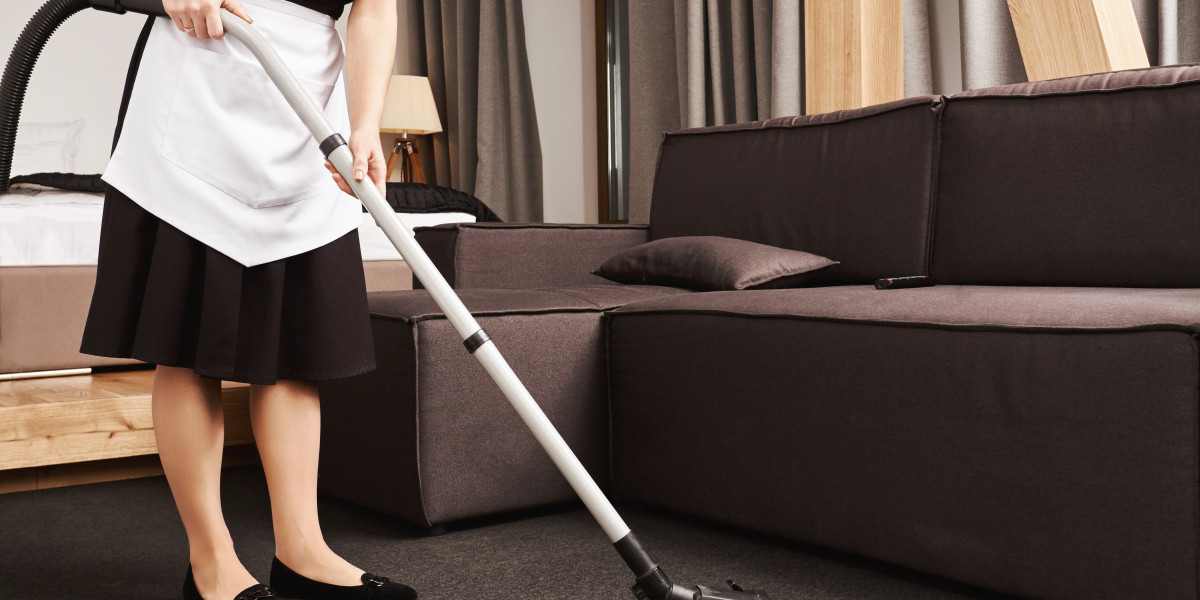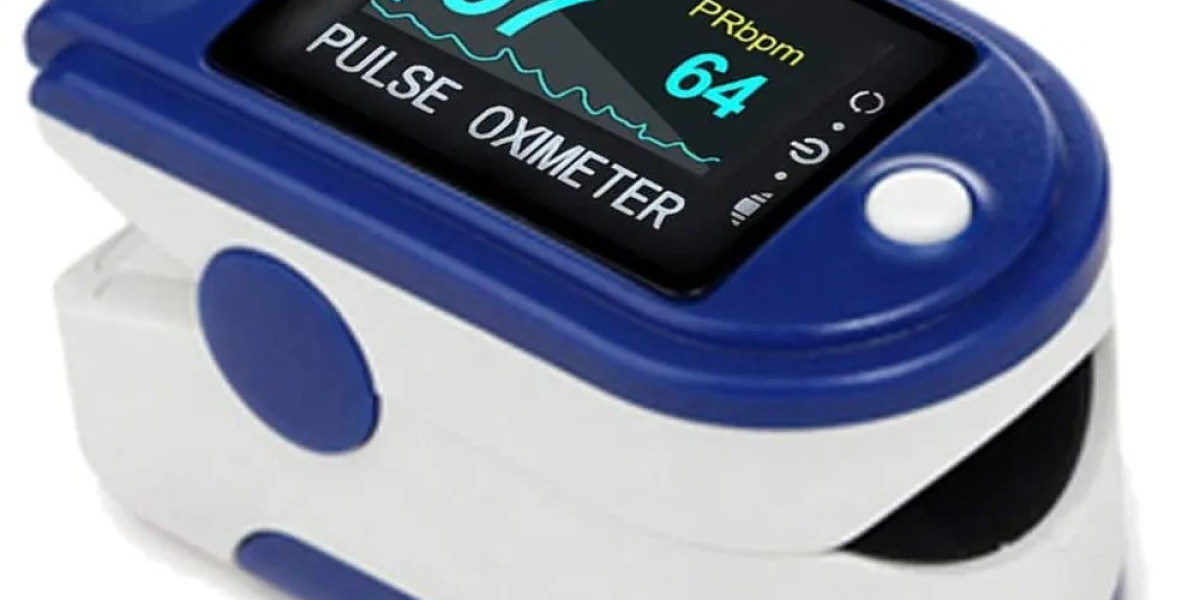Cleanrooms are essential to many critical industries, from pharmaceuticals and biotechnology to electronics, aerospace, and healthcare. As technology advances and regulatory expectations grow stricter, cleanroom services continue to evolve to meet rising demands. Maintaining a clean, controlled environment isn't just about compliance—it's about product safety, performance, and the integrity of operations.
This article explores the emerging innovations, changing standards, and new expectations shaping cleanroom services in 2025 and beyond. Whether you're a facility manager, quality control specialist, or industry executive, understanding where cleanroom services are headed can help you make informed decisions, reduce risks, and ensure the long-term success of your controlled environments.
The Purpose and Scope of Cleanroom Services
Cleanroom services refer to specialized cleaning, maintenance, and validation processes designed to minimize contamination and maintain ISO-certified environmental conditions. These services are critical for environments that require controlled levels of particulates, microbes, and chemical vapors.
Typical cleanroom services include:
Initial and terminal cleanings
Daily or scheduled maintenance
Surface decontamination
HEPA filter inspections and replacements
Environmental monitoring support
Cleanroom gowning area sanitization
Sterile and non-sterile cleaning protocols
Each service is performed with strict adherence to Good Manufacturing Practices (GMP), ISO standards (especially ISO 14644), and specific industry regulations such as FDA 21 CFR Part 11 or EU Annex 1.
Key Innovations Transforming Cleanroom Services
Over the past decade, significant innovation has emerged in the tools, chemicals, and processes used in cleanroom maintenance. Some of the most impactful advancements include:
1. Smart Cleaning Technologies
Automation and IoT-based systems are now being incorporated into cleanroom maintenance. Smart equipment such as robotic floor cleaners, automated disinfection systems, and real-time contamination monitoring devices improve consistency and reduce human error.
These tools often integrate with facility monitoring systems, providing live feedback and detailed reporting to ensure compliance with cleanroom standards.
2. Data-Driven Validation
Digital recordkeeping and real-time validation are becoming the norm. Data tracking software now enables facilities to document every aspect of their cleaning routine—from technician identification and cleaning paths to environmental sampling and audit trails. This is particularly valuable during inspections or regulatory reviews.
3. Sustainable and Green Cleaning Solutions
As sustainability becomes a global priority, cleanroom service providers are adopting eco-friendly, biodegradable cleaning agents that meet strict contamination standards while reducing environmental impact. Additionally, waste management practices are evolving to reduce single-use plastics and improve recycling protocols without compromising cleanliness.
4. Enhanced Training and Certification
Given the precision required in cleanroom environments, enhanced training programs and certifications have become essential. Service providers are investing in rigorous technician education, including simulations, assessments, and hands-on labs. Clients increasingly demand documentation of training and performance audits to ensure consistency.
5. Hybrid Service Models
Some companies are blending outsourced cleanroom cleaning with in-house protocols. Hybrid models allow facilities to retain internal oversight while benefiting from the expertise of external professionals. This model is particularly popular in biopharmaceutical and semiconductor industries where specific cleaning phases vary in complexity.
Industry-Specific Shifts and Challenges
Each industry that uses cleanrooms is experiencing unique shifts that affect their cleaning needs. Let’s look at a few examples:
Pharmaceuticals and Biotech
With stricter regulatory scrutiny and the rise of personalized medicine, cleanrooms must support more complex and smaller batch operations. Cross-contamination prevention and sterile cleaning practices have never been more critical. Cleanroom services must be agile and adaptable to changing production needs.
Electronics and Semiconductor
Miniaturization of chips and nanotech integration demand extremely low contamination thresholds. Even microscopic particles can damage products. Cleanroom services now include static control, specialized gowning protocols, and non-shedding cleaning tools to meet ISO Class 1–3 requirements.
Healthcare and Hospitals
Hospitals are now utilizing cleanroom-grade protocols in surgical suites, compounding pharmacies, and infection-sensitive zones. Cleanroom services in healthcare are integrating with infection prevention teams and antimicrobial strategies to support improved patient outcomes.
Regulatory Evolution
Regulatory bodies worldwide are revising cleanroom standards to align with new technologies and production methods. Notable changes include:
ISO 14644 Updates: New revisions include updated testing methods for airborne particle concentration, air pressure differentials, and room recovery time.
EU GMP Annex 1 (2023 revision): Expanded guidance on sterile product manufacturing has increased the demand for contamination control strategies and documented cleanroom validation.
FDA Expectations: Emphasis on data integrity, traceability, and cross-contamination control during site inspections is driving cleaner workflows and better documentation across U.S.-based facilities.
Staying ahead of these changes is a shared responsibility between cleanroom operators and their service providers.
Benefits of Professional Cleanroom Services
Investing in specialized cleanroom services delivers both short-term operational value and long-term strategic benefits:
Risk Reduction: Trained professionals help eliminate human error, one of the top causes of contamination incidents.
Regulatory Readiness: With detailed documentation and compliance expertise, providers ensure your cleanroom meets audit standards at any time.
Increased Uptime: Efficient, scheduled maintenance reduces downtime and avoids unexpected shutdowns.
Cost Savings: Although outsourced services may seem costly upfront, they often prevent expensive contamination-related recalls or facility closures.
Choosing the Right Cleanroom Service Partner
When selecting a cleanroom service provider, consider these critical factors:
Experience in Your Industry: Different sectors have unique needs. Look for providers with sector-specific experience.
Certifications and Training: Ask for documentation showing technician training, safety certifications, and past performance records.
Service Customization: Your cleanroom’s size, ISO classification, and operational schedule should all inform your cleaning plan.
Availability and Responsiveness: Emergencies happen. Your provider should be able to respond quickly to contamination risks or sudden inspections.
Technology Adoption: Providers using smart cleaning, digital tracking, and advanced techniques will better support your compliance goals.
Looking Ahead: Cleanrooms of the Future
The future of cleanroom environments is highly automated, ultra-clean, and data-integrated. From nanotechnology to artificial intelligence, tomorrow’s cleanrooms will demand even greater precision—and service providers must rise to the challenge.
One way to stay ahead is by following updates and research on Top Trends in Cleanroom Services, which highlight industry shifts, regulatory updates, and innovative solutions being adopted around the world.
Whether you manage a sterile pharmaceutical production area or a high-grade electronics lab, cleanroom services are an essential pillar of your quality assurance strategy.
Final Thoughts
Cleanroom services have come a long way from simple janitorial tasks. Today, they are an advanced, highly regulated specialty that requires deep expertise, continuous improvement, and adaptive strategies. By embracing innovation and partnering with expert providers, companies can ensure their cleanrooms remain safe, compliant, and efficient in an ever-evolving world.







